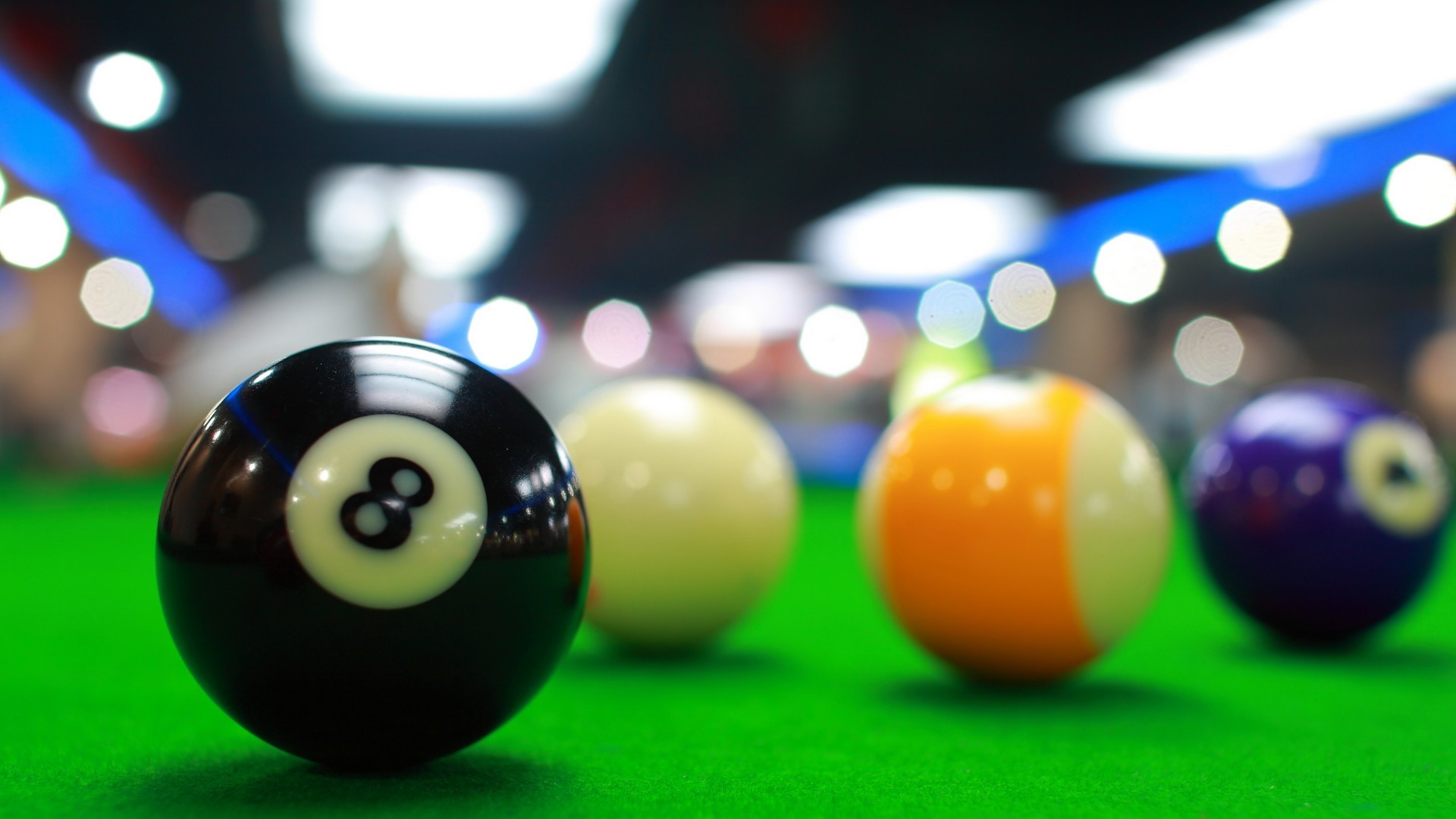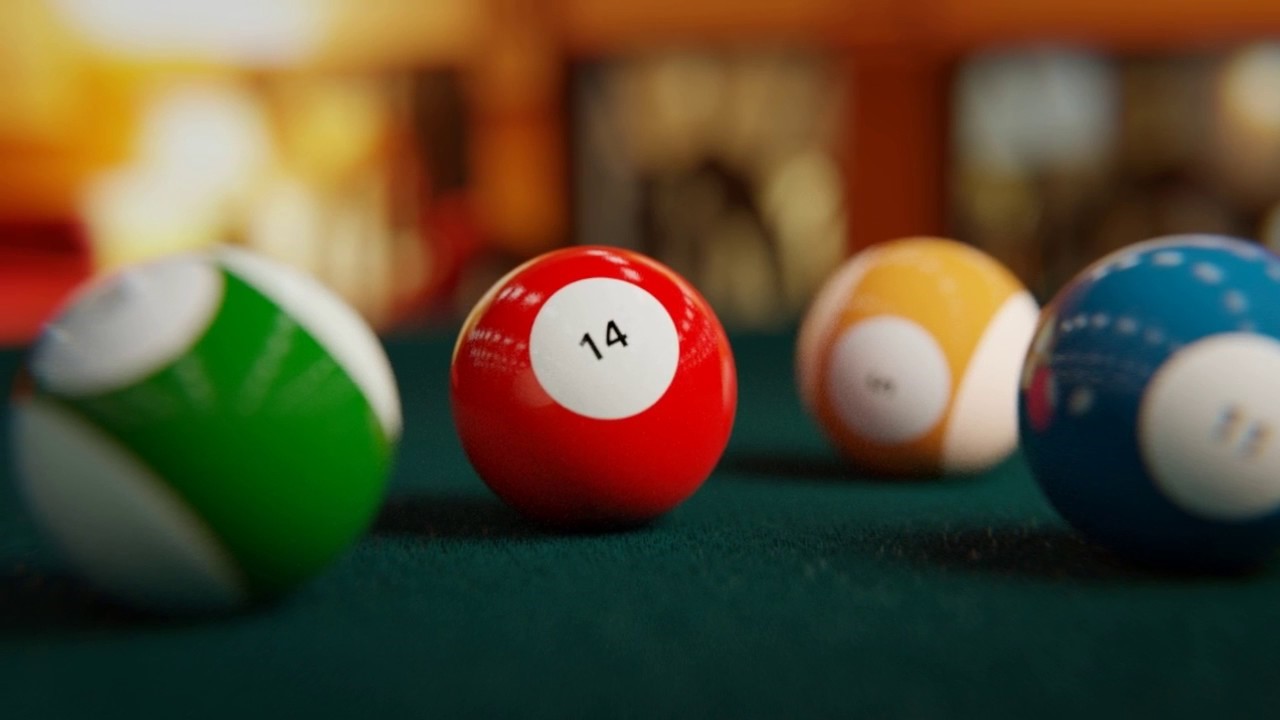Many of the things we use today have a fascinating history. There's often a lot of creativity involved when one person gets the idea for a new game. Most of the things we enjoy now are more than 500 years old. That includes playing pool too.
It might surprise you to find out that billiards was first played in Europe at the start of the 15th century. Many of the rules have evolved into the ones we know today. The origin of the name is fascinating too. Historians presume that it comes from the French, but there are two different sides to the story. Click here to read more.
First, the world “bille” means ball, so that may be the origin. Secondly, the word “billart” was used to describe the wooden sticks used to hit the ball. It may be either one of these, or maybe a combination of both. Either way, most of the information we have today comes from games that were played by aristocratic families.
They were both nobles and royalty, and this game was considered as one of the best pastimes. Fast forward to 300 years after the 15th century, and everyone was playing it. During that time it became massively popular. Even Shakespeare mentions the game in one of his most famous plays, “Antony and Cleopatra.”
The pool table
Initially, the billiard table had flat walls. Their primary purpose was to prevent the balls from falling down. Immediately people started to realize that they could aim the ball into one of the walls, and it would bounce back.
That was how the bank shot was invented. Wood was mainly used as the table bed all the way until the 1830s. Then, with the advancement of industrialization, manufacturers discovered that slate is more durable and it won't warp in the long run.
Soon after, rubber vulcanization was invented, and they started making cushions. The main design for a pool table was simple. The width had to be double of the length. Before this standard was introduced, every place had a different one. It was after 1850 when the pool table became what we know today.
Trick shots were something that everyone wanted to see. That still holds true today. The ability of a player to spin the ball and curve its direction amazes us to this day. You may have wondered why pool tables are green and not a different color. Well, when the game was first invented, people wanted to have a surface that resembled grass. Since grass is green, the answer was to make the surface the same color.
The pool cue
Back in the 1500s, people didn't use cues, which was developed a century later. In the beginning, players used a mace to shove the balls. This wasn't an effective method to hit the ball because the stick had a large head at the end, and it was quite inconvenient to make a good hit if the ball was near the rail.
Whenever this happened, the players turned the mace over and hit it with the handle, which was a pointy stick. This part of the mace was called a queue, which later evolved into the word cue which we use today. In the royal circles, men started to play with the cue, and women had to use the mace.
That's because the dresses at that time had a lot of cloth hanging out, and the cue could rip apart their clothing. No one knows precisely when someone first put chalk on the tip of the cue, but their main idea must have been to increase the friction between the two objects. Follow this link for more info https://www.history.co.uk/history-of-sports/history-of-snooker-and-pool.
Their performance got better, and soon people started to mimic it. It wasn't long until manufacturers developed leather tips that allowed a backspin, topspin, or a side-spin to be performed.
How did it become so popular?
Billiard became the staple of the 60s and 70s because of the movie “The Hustler.” It was a black and white movie that was about the life of Paul Newman, who played the character of a pool hustler. The film was such a success, and many tables were put all over the country. The movie had a sequel in the following years, and the game has been a staple ever since.









